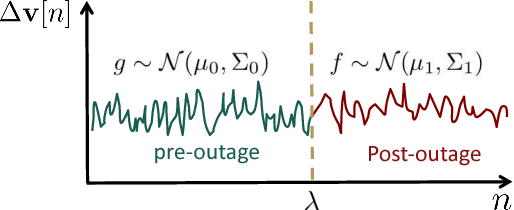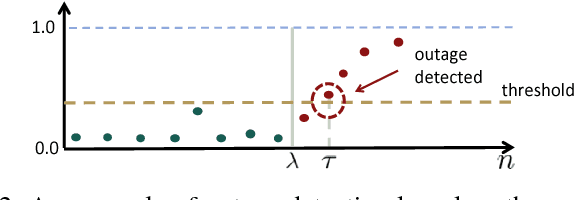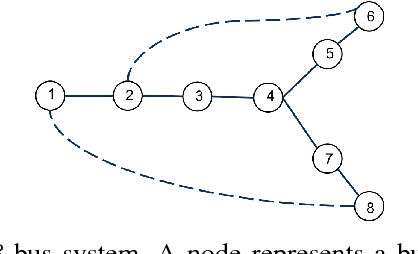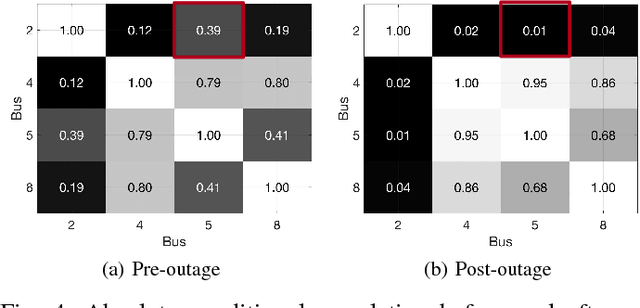Chin-Woo Tan
Activity Detection And Modeling Using Smart Meter Data: Concept And Case Studies
Oct 26, 2020



Abstract:Electricity consumed by residential consumers counts for a significant part of global electricity consumption and utility companies can collect high-resolution load data thanks to the widely deployed advanced metering infrastructure. There has been a growing research interest toward appliance load disaggregation via nonintrusive load monitoring. As the electricity consumption of appliances is directly associated with the activities of consumers, this paper proposes a new and more effective approach, i.e., activity disaggregation. We present the concept of activity disaggregation and discuss its advantage over traditional appliance load disaggregation. We develop a framework by leverage machine learning for activity detection based on residential load data and features. We show through numerical case studies to demonstrate the effectiveness of the activity detection method and analyze consumer behaviors by time-dependent activity modeling. Last but not least, we discuss some potential use cases that can benefit from activity disaggregation and some future research directions.
Fast Distribution Grid Line Outage Identification with $μ$PMU
Nov 14, 2018



Abstract:The growing integration of distributed energy resources (DERs) in urban distribution grids raises various reliability issues due to DER's uncertain and complex behaviors. With a large-scale DER penetration, traditional outage detection methods, which rely on customers making phone calls and smart meters' "last gasp" signals, will have limited performance, because the renewable generators can supply powers after line outages and many urban grids are mesh so line outages do not affect power supply. To address these drawbacks, we propose a data-driven outage monitoring approach based on the stochastic time series analysis from micro phasor measurement unit ($\mu$PMU). Specifically, we prove via power flow analysis that the dependency of time-series voltage measurements exhibits significant statistical changes after line outages. This makes the theory on optimal change-point detection suitable to identify line outages via $\mu$PMUs with fast and accurate sampling. However, existing change point detection methods require post-outage voltage distribution unknown in distribution systems. Therefore, we design a maximum likelihood-based method to directly learn the distribution parameters from $\mu$PMU data. We prove that the estimated parameters-based detection still achieves the optimal performance, making it extremely useful for distribution grid outage identifications. Simulation results show highly accurate outage identification in eight distribution grids with 14 configurations with and without DERs using $\mu$PMU data.
 Add to Chrome
Add to Chrome Add to Firefox
Add to Firefox Add to Edge
Add to Edge